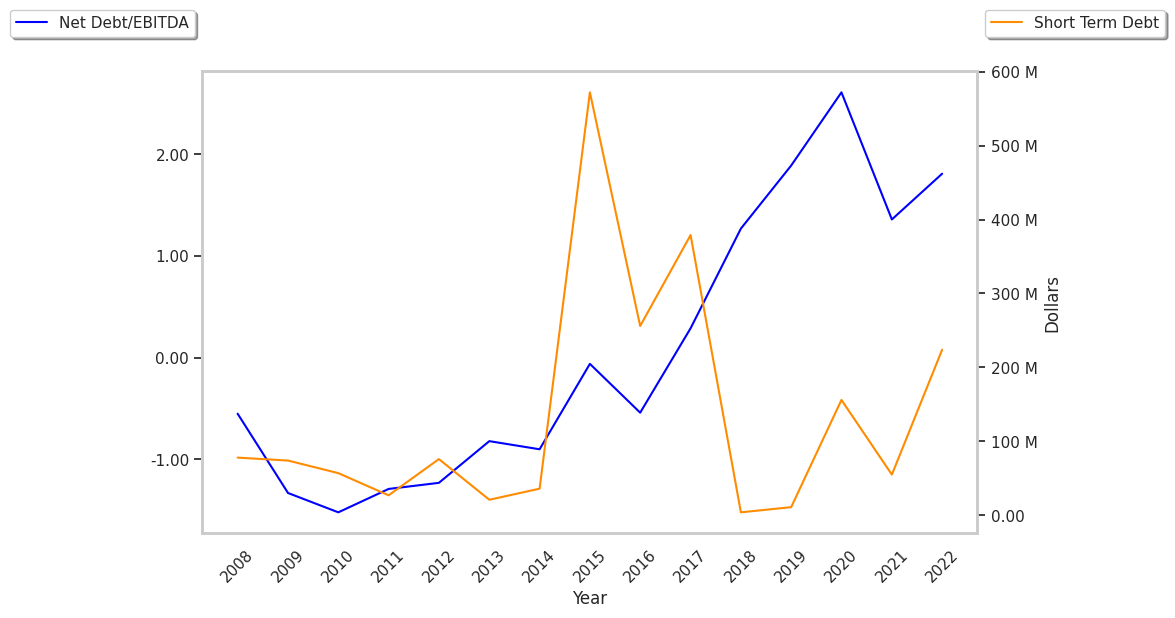One of Wall Street's biggest winners of the day is Corning, a communication equipment company whose shares have climbed 8.1% to a price of $50.63 -- 9.28% above its average analyst target price of $46.33.
The average analyst rating for the stock is buy. GLW outperformed the S&P 500 index by 8.0% during today's morning session, and by 36.2% over the last year with a return of 75.0%.
Corning Incorporated engages in the display technologies, optical communications, environmental technologies, specialty materials, and life sciences businesses in the United States and internationally. The company is part of the industrials sector, which is considered cyclical. This means that sales revenues, and to some extent share prices, tend to increase during economic booms and then fall back to earth during busts. However, industrial companies can dampen this cyclical effect if they are invovled in multiple industries.
Corning's trailing 12 month P/E ratio is 99.3, based on its trailing EPS of $0.51. The company has a forward P/E ratio of 22.2 according to its forward EPS of $2.28 -- which is an estimate of what its earnings will look like in the next quarter.
The P/E ratio is the company's share price divided by its earnings per share. In other words, it represents how much investors are willing to spend for each dollar of the company's earnings (revenues minus the cost of goods sold, taxes, and overhead). As of the third quarter of 2024, the industrials sector has an average P/E ratio of 25.42, and the average for the S&P 500 is 29.3.
We can take the price to earnings analysis one step further by dividing the P/E ratio by the company’s projected five-year growth rate, which gives us its Price to Earnings Growth, or PEG ratio. This ratio is important because it allows us to identify companies that have a low price to earnings ratio because of low growth expectations, or conversely, companies with high P/E ratios because growth is expected to take off.
Corning's PEG ratio of 1.73 indicates that its P/E ratio is fair compared to its projected earnings growth. In other words, the company’s valuation accurately reflects its estimated growth potential. The caveat, however, is that these growth estimates could turn out to be inaccurate.
To better understand the strength of Corning's business, we can analyse its gross profits, which are its revenues minus its cost of goods sold only. The extent of gross profit margins implies how much freedom the company has in setting the prices of its products. A wider gross profit margin indicates that a company may have a competitive advantage, as it is free to keep its product prices high relative to their cost.
GLW's gross profit margins have averaged 34.2% over the last four years. While not particularly impressive, this level of margin at least indicates that the basic business model of the company is consistently profitable. These margins are declining based on their four year average gross profit growth rate of -3.7%.
Another key to assessing a company's health is to look at its free cash flow, which is calculated on the basis of its total cash flow from operating activities minus its capital expenditures. Capital expenditures are the costs of maintaining fixed assets such as land, buildings, and equipment. From Corning's last four annual reports, we are able to obtain the following rundown of its free cash flow:
| Date Reported | Cash Flow from Operations ($ k) | Capital expenditures ($ k) | Free Cash Flow ($ k) | YoY Growth (%) |
|---|---|---|---|---|
| 2023 | 2,005,000 | 1,390,000 | 615,000 | -39.17 |
| 2022 | 2,615,000 | 1,604,000 | 1,011,000 | -43.04 |
| 2021 | 3,412,000 | 1,637,000 | 1,775,000 | 121.05 |
| 2020 | 2,180,000 | 1,377,000 | 803,000 | 1415.09 |
| 2019 | 2,031,000 | 1,978,000 | 53,000 | -92.17 |
| 2018 | 2,919,000 | 2,242,000 | 677,000 |
- Average free cash flow: $822.33 Million
- Average free cash flown growth rate: -1.9 %
- Coefficient of variability (the lower the better): 0.0 %
With its positive cash flow, the company can not only re-invest in its business, it can offer regular returns to its equity investors in the form of dividends. Over the last 12 months, investors in GLW have received an annualized dividend yield of 2.4% on their capital.
Another valuation metric for analyzing a stock is its Price to Book (P/B) Ratio, which consists in its share price divided by its book value per share. The book value refers to the present liquidation value of the company, as if it sold all of its assets and paid off all debts.
Corning's P/B ratio indicates that the market value of the company exceeds its book value by a factor of 3, so the company's assets may be overvalued compared to the average P/B ratio of the Industrials sector, which stands at 3.2 as of the third quarter of 2024.
With a higher P/E ratio than its sector average, an average P/B ratio, and positive cash flows with a flat trend, we can conclude that Corning is probably overvalued at current prices. The stock presents poor growth indicators because of its weak operating margins with a negative growth trend, and an inflated PEG ratio.



